San Sebastian, Spain has more Michelin Stars per square meter than any place on the planet. The Parte Vieja (Old Town) also has more bars per square meter than any place on Earth–add surfers, a carousel, an urban beach and you have perhaps the perfect place to visit–at least in my book!
The Basque country is located on the Atlantic coast of Spain and France. Although the Spain and French sides are quite different (which was a bit surprising to me), they share a love of the sea and food–especially cheese and ham. It is a delightful destination for those who have a culinary curiosity.
The Man and I fell in love with the Spanish Pintxos in the Basque. It’s just a great concept–perhaps the world’s first fast food. Pintxos (pronounced Pinchos) comes from the word, spear, used in the bull fighting ring. Bars and restaurants line their pinxtos across the bar beckoning passersbys to stop for a moment to satisfy their tastebuds.
Many times, the Pintxos are a tiny baguette sandwich or crostinis with the most flavorful meats, fish, or vegetables you could imagine. Other times, they are simpler without the bread or even items that must be eaten with a fork such as potato omelets and other creations.
Here’s how it works (usually), you belly up to the bar and let the bartender know you would like pintxos. They will typically hand you a plate and you self-serve the items of your choice. Other times, the bartender will hand them to you. Typically, the bill is tallied by the number of toothpicks or the number of pintxos you consume. Some bars have a flat rate for all pintxos and some have regular pintxos and superior pintxos. Nontheless, the price is a mere few Euros per piece.
I tell you, it’s a great way to refortify yourself when shopping and exploring, although sometimes, I think we only got a few feet before trying more at a new bar–it’s just so tempting with all of the beautiful presentations. Two of the bars we visited were Al Cepa at 31 de Agosto Kalea and the TTVN Taverna on Calle del Juan de Bilbao 23. Al Cepa seemed more traditional (and was our favorite for that reason) while TTVN had a wider array of Pintxos and a younger crowd.
The Txakoli (cha-coli) Wine is a treat–it is fresh and crisp–sometimes with a bit of puckery acidity that goes great with seafood. The fun part is watching the bartender pour the wine. He puts the bottle several feet above the glass (kids, do not try this at home) to properly aerate the wine. The wine itself is inexpensive, although like all wines, there are varying degrees of quality. The wine is also called txakolina in the Basque language, however, the name of txakoli is the Spanish version that became popular around the mid-1980’s. A young Spanish bartender actually corrected me to say Txacoli instead of txakolina in his bar, but the old school bar around the corner used the word, Txacolina. The wine, typically made from two native grapes, Hondarrabi Zuri and Hondarrabi Beltza, is meant to be consumed very young as it does not age well.
Next time you are planning a trip to Spain or France, the Basque country is a great diversion. Just practice the phrase Quiero uno txakoli y pintxos.

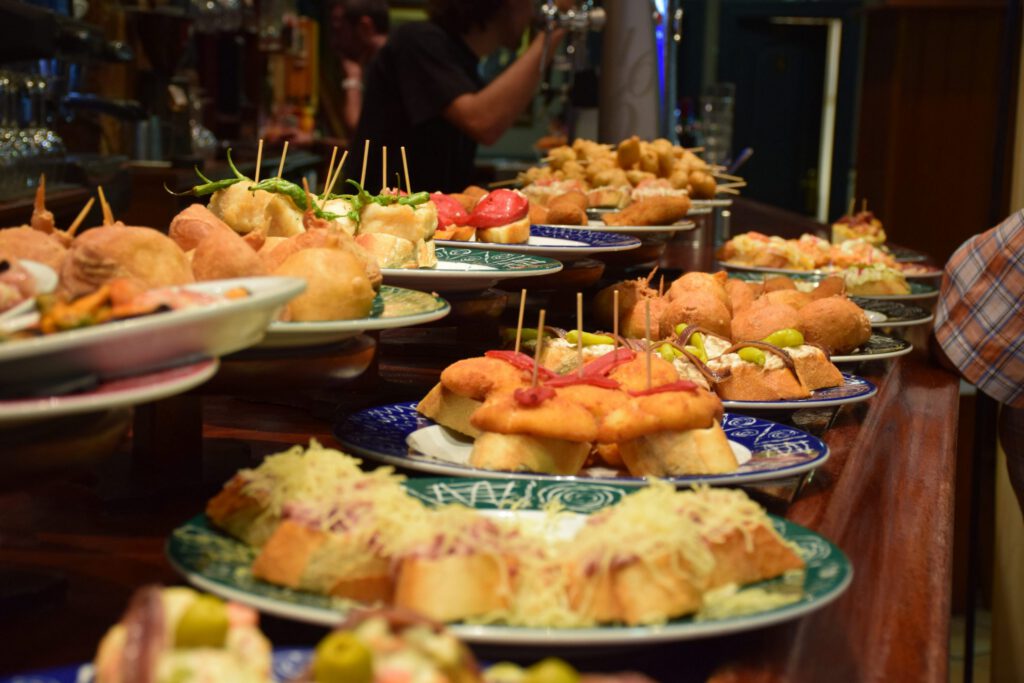
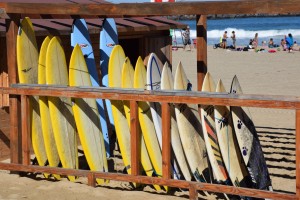
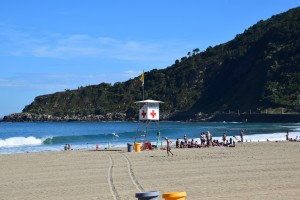

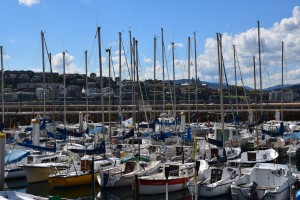
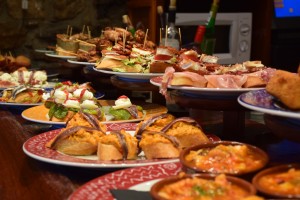
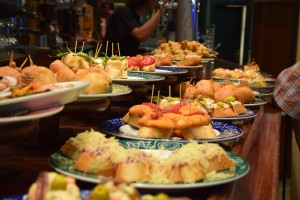
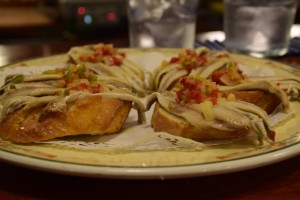
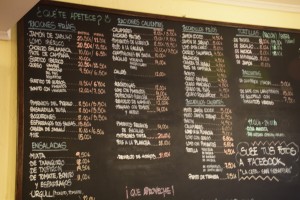
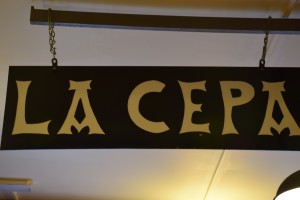
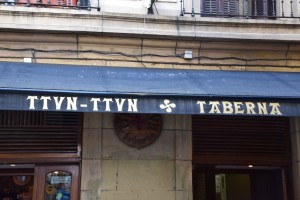
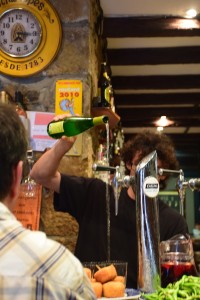
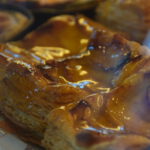


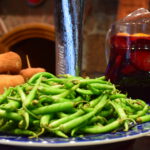



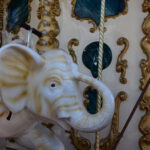
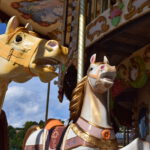
Pingback: Bellini al la Cipriani - Bella Travel Planning
Pingback: Costa Rica Waterfall - Bella Travel Planning